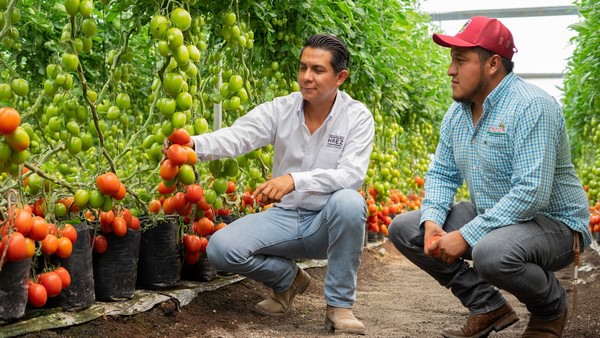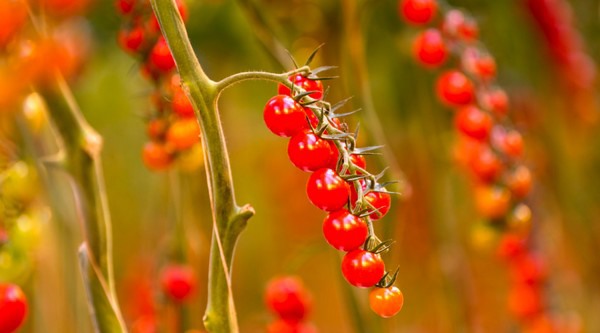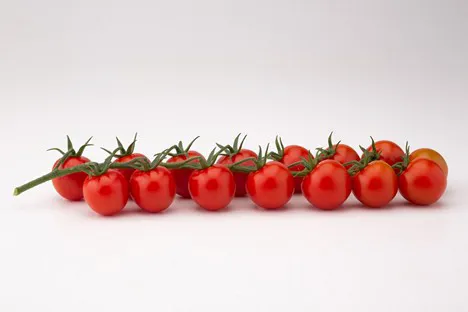For several years by now, ToBRFV has been top of mind of growers, breeders and suppliers active in the greenhouse industry, and more specifically, the tomato industry. With resistant varieties entering the market, there seems to be light at the end of the dark rugose tunnel the tomato industry has been in. Although the industry still suffers greatly due to the rugose virus, there's also much more knowledge available on how to clean properly. However, the virus continues to spread around the world and new countries are added to the 'infected' list. Here's ten stories on the new developments to fight the rugose virus.
New varieties aim to bring high resistance to ToBRFV
Enza Zaden offers 18 varieties with High Resistance to Tomato Brown Rugose Fruit Virus (ToBRFV). The varieties are available in all significant tomato types and do not compromise on taste, yield, or quality, according to the company.
Until now, the only controls against ToBRFV have been strict phytosanitary measures, such as more frequent crop rotations and extra cleaning, resulting in higher labor costs. Now, High Resistance from Enza Zaden (HREZ) offers growers a vital tool to tackle this devastating disease.
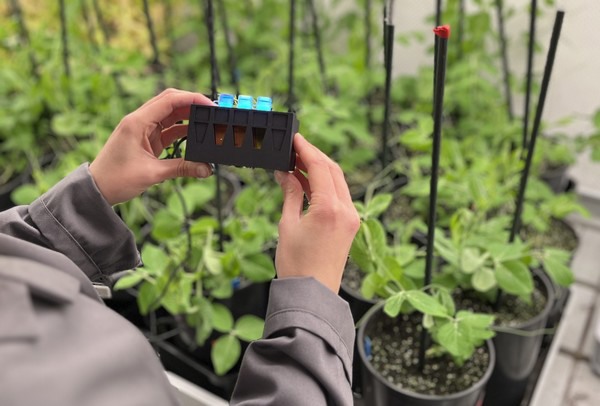
Leaf test for cucumber mosaic virus also new
Additional options for virus test ToBRFV help grower limit damage
Since last summer, a test kit has been on the market that allows growers to test plants for the presence of Tomato brown rugose fruit virus (ToBRFV) in a pre-symptomatic phase quickly, easily, and anywhere. However, the virus does not just turn up in plants. Hence, producer Spark Radar has been working on expanding its testing capabilities. Besides the existing tests for ToBRFV, a test for cucumber mosaic virus (CGMMV) has also been added to the range.
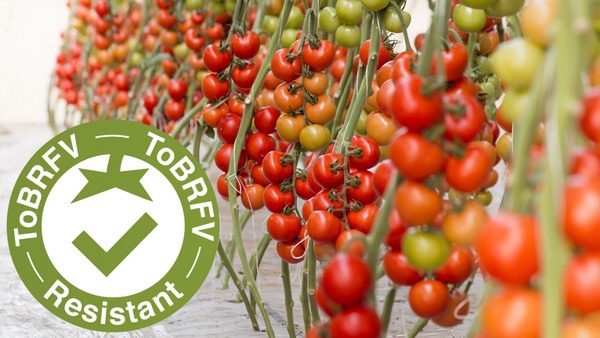
Syngenta launches 'ToBRFV Resistant' seal
Syngenta Vegetable Seeds is launching a “ToBRFV Resistant” seal to indicate Tomato Brown Rugose Fruit Virus (ToBRFV) resistant varieties.
The seal symbolizes Syngenta’s focus to deliver varieties that protect yields with disease resistance to not only ToBRFV, but other key diseases as well; to maintain high fruit quality, including flavor, shelf life, consistency, and transportability; and to continue research into solutions for ToBRFV and any other pest that impacts production.
Bayer inaugurates new facility for ToBRFV resistance testing
Bayer has cut the ribbon of a new quarantine facility dedicated to testing resistance to Tomato brown rugose fruit virus (ToBRFV) virus in tomatoes.
The facility, located in Wageningen, The Netherlands, will help strengthen and accelerate Bayer's search for resistant varieties. "This new infrastructure is part of a worldwide testing footprint aimed at characterizing resistance genetics under a wide range of growing conditions and infection regimes," explains J.D. Rossouw, Head of Vegetables R&D at Bayer's Crop Science division.
the answer is yes
Can clothes contribute to the spread of ToBRFV?
Can clothes contribute to the spread of ToBRFV? And can they successfully been cleaned with regular laundry products? That’s what scientists from Humboldt-Universität zu Berlin dove into. The answer on the first question is easy: yes, they do contribute. The second question is answered negatively: Household laundry products do not remove the virus from contaminated clothing. According to the research, the use of special agricultural detergents or a disinfectant is needed to remove the virus from clothing.
UV-C disinfection: effective prevention of ToBRFV spread, and additional benefits for CEA
The Tomato Brown Rugose Fruit Virus (ToBRFV) remains a serious threat to greenhouse growers worldwide. The virus is highly contagious and can easily spread to plants through mechanical means such as handling crops with contaminated hands, clothes, tools, or even cell phones. To prevent the spread of the virus, growers must implement strict biosecurity measures. However, scientific research laboratories mention that spreading viruses via contaminated water is a risk as well, and this risk can be reduced by disinfecting the drain water before reusing it.
New measures to prevent the spread of the ToBRFV virus in the EU will apply from September
On May 26, the European Commission published in the Official Journal of the European Union an implementing regulation laying down measures to prevent the introduction into and spread of the tomato brown rugose fruit virus (ToBRFV) in the European Union and amending regulation (EU) 2020/1191.
Huwa-San TR-50 obtains emergency authorisation as a crop protection product against ToBRFV in Belgium:
"Huwa-San is a piece of the puzzle, but the whole puzzle needs to be put together"
In collaboration with various scientific institutions and testing grounds, Roam Technology carried out tests to see whether water disinfection and, in a broader sense, general hygiene, can be a solution in the fight against the Tomato Brown Rugose Fruit Virus (ToBRFV), the virus that has been giving the global tomato cultivation sleepless nights for a long time now. Product manager Caroline Clijsters tells more about the results that led to the approval of Huwa-San TR-50 as an emergency crop protection product in Belgium in the fight against ToBRFV.
"Nearly 70% of the tomato production in the Region of Murcia was lost because of ToBRFV and heat"
According to Remigio Ávila, head of Asaja's Tomato Area in the Region of Murcia, many tomato producers are about to abandon this crop. According to Ávila, many of them have lost at least 40% of their production due to the Tomato Brown Rugose Virus (ToBRFV) alone; "some have even lost 100% of their production," he said.
Interview with Agostino Marcellino of HM. Clause Italia
Is the end to the ToBRFV threat a possibility?
In response to the threat of ToBRFV, which is having an increasingly strong impact on Sicilian tomato production, HM. Clause Italia recently launched its first varieties with IR against ToBRFV, the first European premiere, in Vittoria, Sicily. Two segments are involved: cherry tomatoes and smooth round red tomatoes (vine tomatoes). The breeder's goal is to "provide varieties that are resistant to ToBRFV while maintaining quality from a cultivation point of view while improving flavor and attractiveness."

